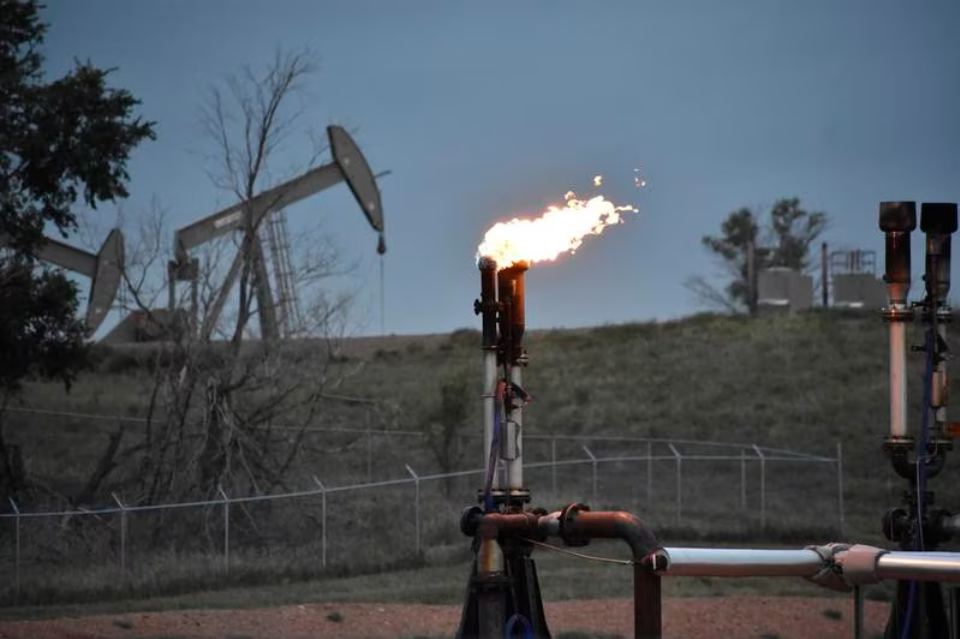
In the intergovernmental agency's net-zero pathway, energy sector methane emissions would drop by 75 per cent by the end of the decade – with about two-thirds of the decrease coming from emissions reductions in oil and gas operations.
About $55 billion is needed in upstream oil and gas facilities and more than $20 billion in downstream operations, the Paris-based agency said in a report on Tuesday.
Meanwhile, measures adopted to tackle methane emissions will generate revenues of about $45 billion from the sale of captured methane, the IEA said.
The greenhouse gas has a short-term warming potential more than 80 times greater than carbon dioxide.
After carbon dioxide emissions, methane is the second largest human-caused contributor to climate change.
Climate experts consider reducing the international output of methane emissions as the most effective and least disruptive way to slow down the increase in global temperatures over the next few decades.
“Oil and gas companies carry primary responsibility for abatement. The spending required to cut methane emissions in the NZE Scenario is less than 2 per cent of the net income received by the industry in 2022,” the IEA said.
The global oil and gas sector’s profits last year jumped to about $4 trillion, from an average of $1.5 trillion in recent years, the agency said earlier this year.
The industry benefited from a surge in crude prices following Russia’s invasion of Ukraine, which sparked fears of a potential energy shortage and took Brent, the benchmark for two thirds of the world’s oil, to nearly $140 a barrel.
The IEA said that private sources of finance could provide capital where internal financing options are limited.
“Regulations and policies on methane abatement are essential to drive down methane emissions,” the agency said.
“These can be paired with public financing, either directly from governments or through multilateral development banks, to help catalyse private investments and fill gaps where private sources of finance may not be willing or able to invest at the levels needed.”
The IEA has estimated that about $15 billion to $20 billion of the total investment would include spending required to cut emissions in low and middle-income countries.
The agency has said that adequate financing must be made available for countries without strong methane reduction policies and regulations at oil and gas operations run by national and independent companies.
Global energy demand grew by 1 per cent last year and fossil fuels made up nearly 82 per cent of the total supply – largely unchanged from 2021 – even as renewables advanced at a record pace, according to the Statistical Review of World Energy released on Monday.
Solar and wind recorded their “largest ever” increase in new build capacity, reaching a record 12 per cent share of power generation in 2022, the report said.
Investment in renewable energy needs to double to more than $4 trillion by the end of the decade to meet net-zero emissions targets by 2050, the IEA said in its World Energy Outlook last year.
The IEA’s stated policies scenario, which is based on the latest policy settings worldwide, expects clean energy investment to rise to slightly more than $2 trillion by 2030.